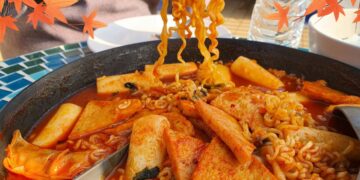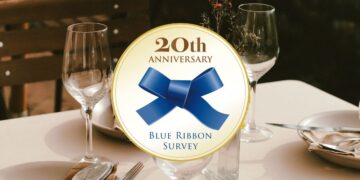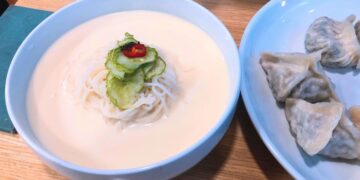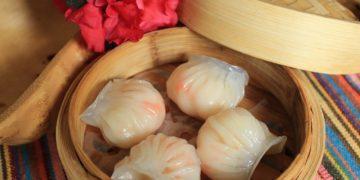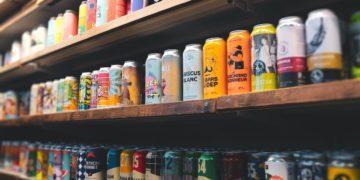Ready to welcome the Year of the Wood Snake? South Korea sure is! Known locally as Seollal, the Korean version of the Lunar New Year is just around the corner. This festive occasion is all about family bonding, delicious food, and a celebration of heritage. If you’re planning to join Korean friends or relatives to commemorate the Seollal 2025 holidays, you might already be wondering, “What exactly do people eat during Seollal?” Don’t worry—we’ve got your back with our ultimate guide to the must-try Korean Seollal food that’ll make your experience in Seollal 2025 Korea truly unforgettable.
About the Seollal Holidays in South Korea
Seollal in South Korea is a huge deal, and it’s not just a one-day event. The 2025 Seollal holidays will last for three days: the day before Lunar New Year, the New Year’s Day itself (January 29, 2025), and the day after. That means plenty of time for families in South Korea to gather, exchange well-wishes, and feast on all kinds of Seollal food. During this period, many Koreans travel back to their hometowns to visit parents and relatives. With over seven million Koreans living abroad, not everyone can make it home, but Seollal is still an important moment to honor tradition wherever you may be.
At some point during the festivities, younger folks will bow to their elders in a ceremony called sebae. The phrase “Sae hae mahnee badeuseyo” is said, which translates to “Please receive many New Year blessings.” Elders often respond by giving monetary gifts in bok jumoni, a special pouch. Along with these cultural practices, families love to get together, play the traditional board game yut nori, and indulge in countless Seollal dishes that have been passed down through generations.
5 Most Popular Korean Food to Serve During the Celebration
Food is at the heart of any Korean celebration, and Seollal 2025 is no exception. Here are five of the most popular dishes you’ll often find on the table during the Lunar New Year. Each one carries its own unique significance and flavor profile, guaranteeing that every bite is a delightful experience.
Tteokguk (Rice Cake Soup)
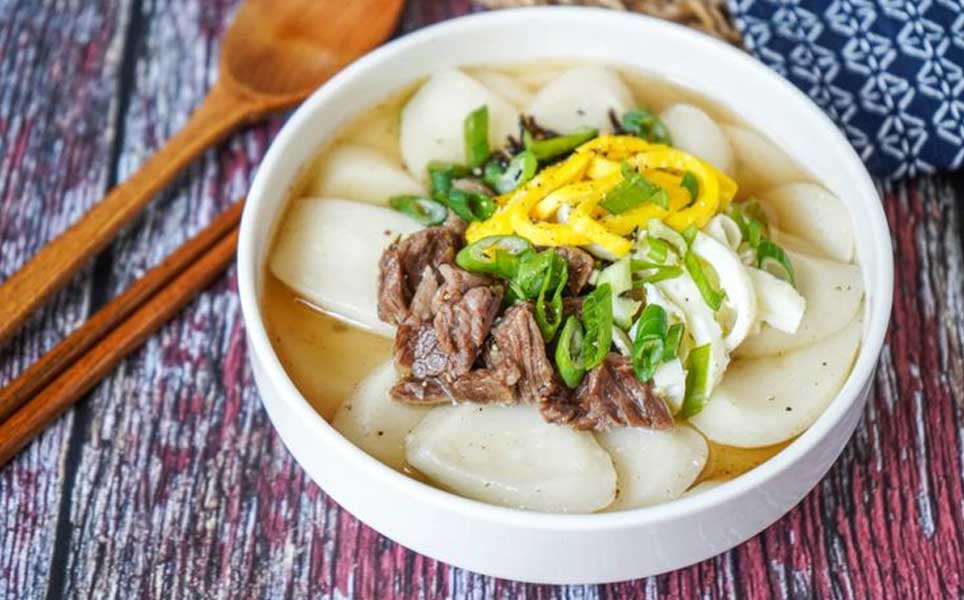
Perhaps the most symbolic Seollal food of all is tteokguk. In the past, this savory soup was only served on Lunar New Year because it was believed that eating it makes you a year older—one of the most exciting ways to start fresh for the new year! Tteokguk is made by simmering sliced rice cakes in a hearty beef broth, often topped with ribbons of egg, seaweed, and sometimes thinly shredded beef. One spoonful and you’ll understand why it’s so beloved!
Jeon (Savory Pancakes)
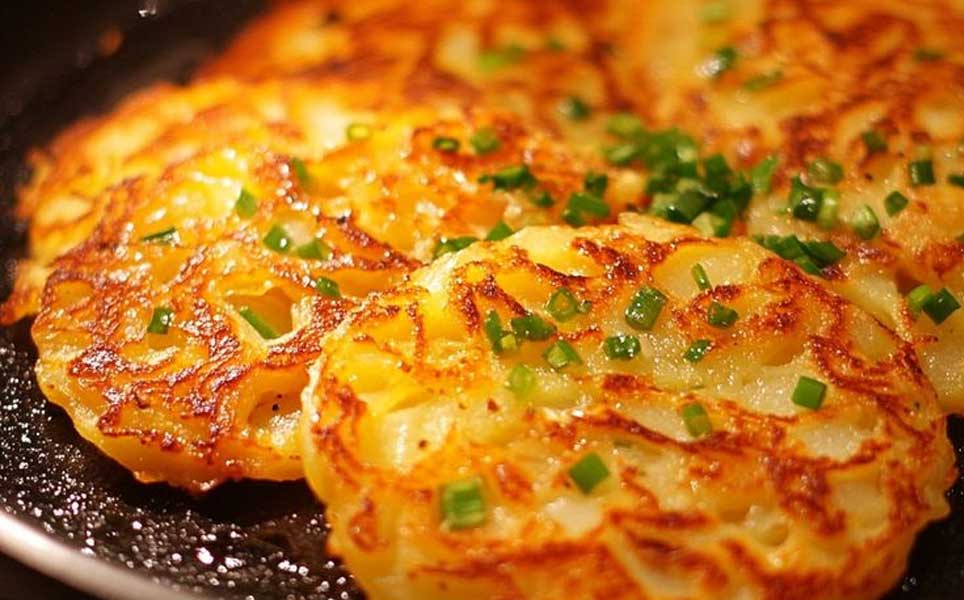
No Korean feast is complete without jeon, the crispy and golden-brown savory pancakes. These can be stuffed with a variety of ingredients—from seafood like shrimp and oysters to vegetables and thin slices of meat. The batter is typically made of flour and eggs, giving each piece a crunchy exterior with a flavorful, tender inside. You’ll often see families preparing multiple types of jeon at once, ensuring there’s a tasty pancake option for everyone. It’s also commonly paired with makgeolli (rice wine) for a refreshing contrast.
Galbijjim (Braised Beef Short Ribs)
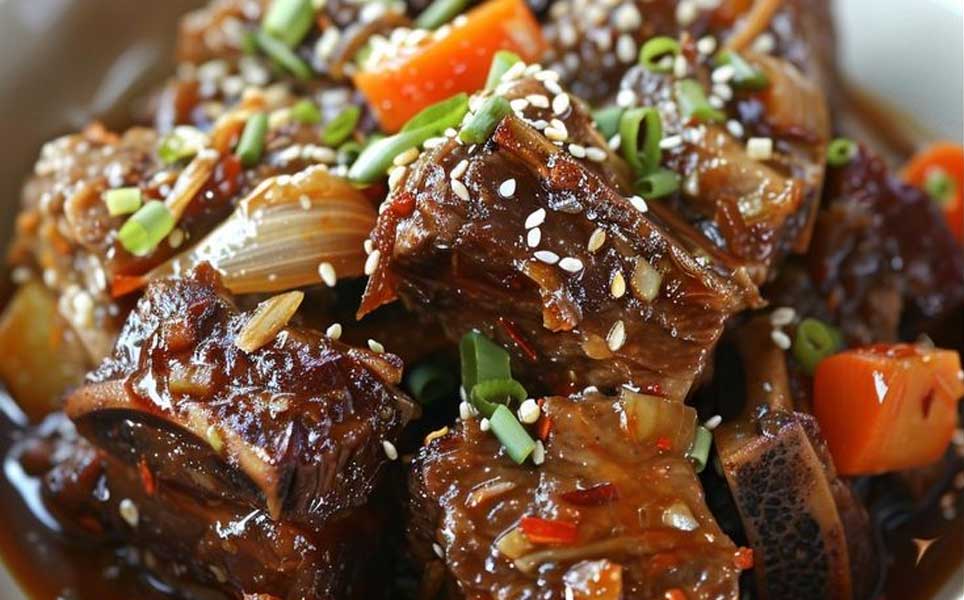
If you’re looking for a luxurious main dish for the 2025 Seollal holidays, galbijjim is a must-try. Made by slow-cooking beef short ribs in a sweet and savory soy-based sauce, galbijjim becomes incredibly tender and practically falls off the bone. Vegetables like carrots, potatoes, or radishes—and sometimes glass noodles—are added to soak up all that delicious sauce. This dish is often associated with special celebrations in Korea, making it a fitting centerpiece for the most important holiday of the year.
Japchae (Stir-Fried Glass Noodles)
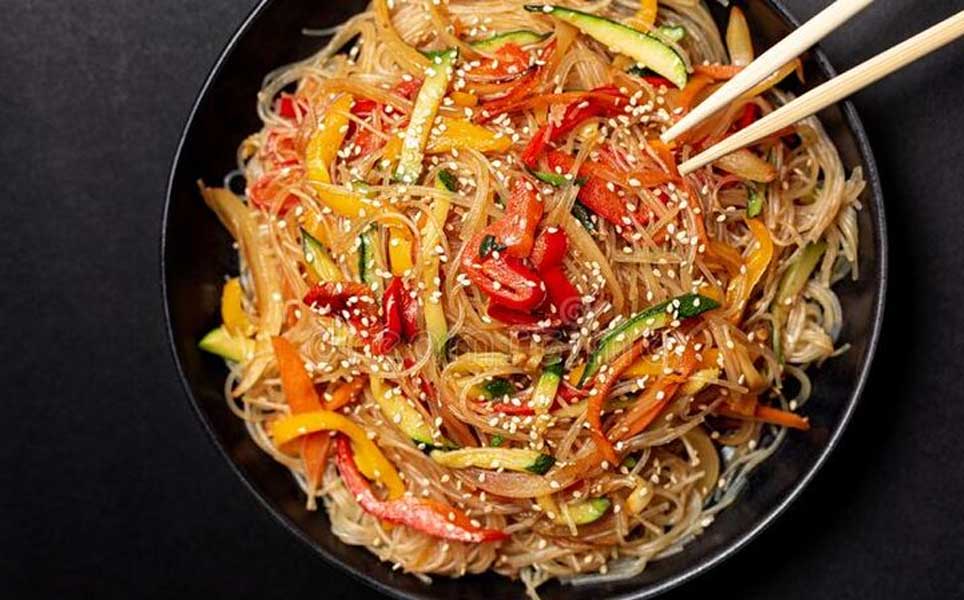
You may already be familiar with japchae, one of the most famous Korean Seollal food dishes globally. This stir-fried ensemble features sweet potato glass noodles tossed in a lightly sweet and savory soy sauce. It’s loaded with colorful veggies such as spinach, carrots, onions, mushrooms, and often marinated strips of beef. One of the reasons japchae is a party favorite is its delightful medley of textures—chewy noodles, crunchy veggies, and tender meat. It’s considered a celebratory dish that can just as easily be a gateway for newcomers to Korean cuisine.
Hangwa (Traditional Korean Sweets)
After indulging in hearty dishes, it’s time to satisfy your sweet tooth with hangwa. This term covers a variety of beautifully crafted Korean confections, each with its own color, shape, and taste. Made from glutinous rice flour, honey, and fruit, hangwa provides a chewy texture and natural sweetness. Because they’re often served in intricate patterns and vibrant hues, hangwa also doubles as a feast for the eyes. Favorites like yakgwa (honey cookies) are particularly popular during Seollal and make fantastic souvenirs if you’re traveling.
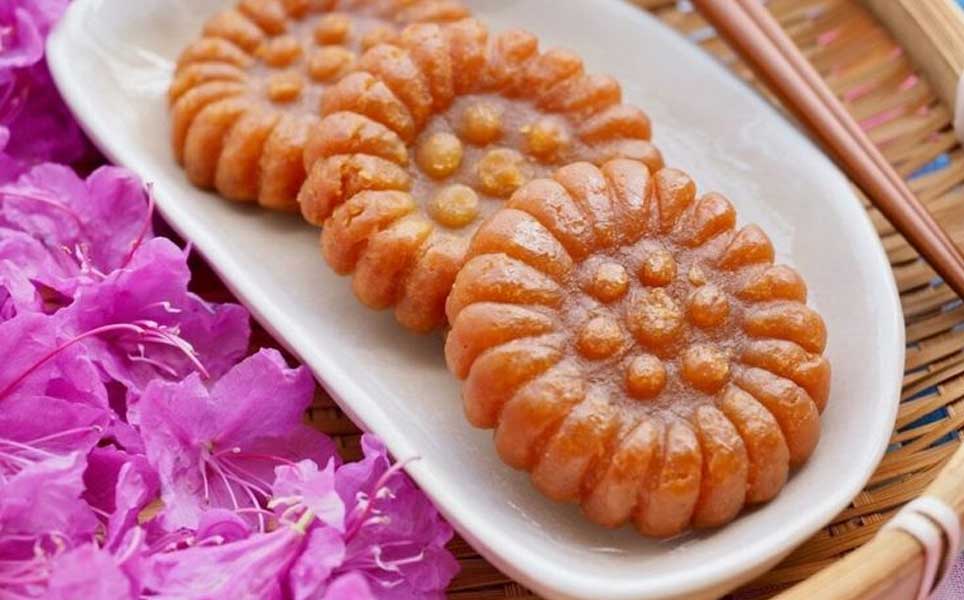
Finally, the Korea Seollal food experience is an exciting journey into tradition and flavor. Whether you’re in South Korea or celebrating the Seollal 2025 Korea festivities from afar, these dishes are sure to bring warmth, good fortune, and a true taste of the holiday spirit. Moreover, you can also add even more fun by joining the family in a game of yut nori or sharing warm New Year’s wishes with a respectful sebae bow.
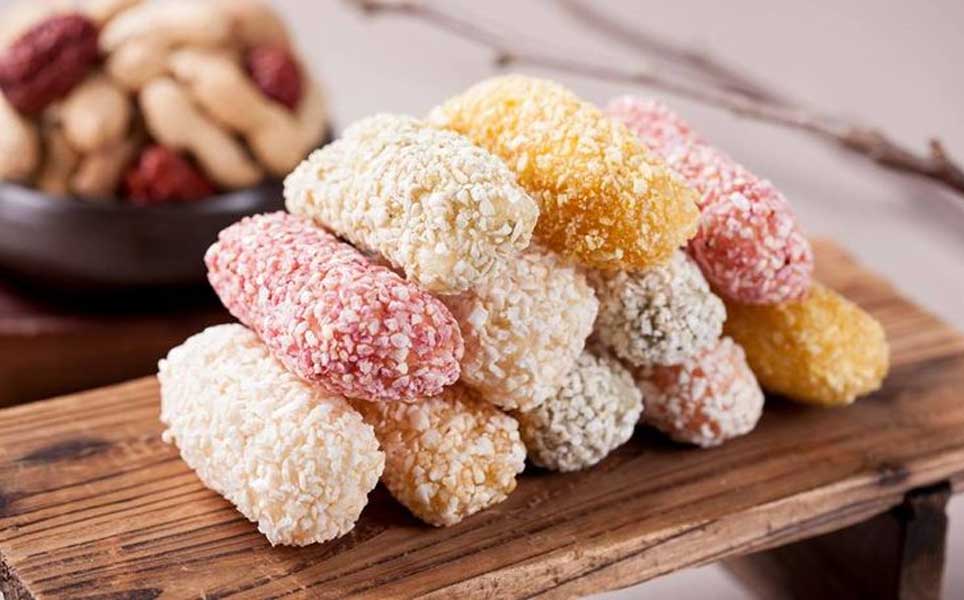
And please remember, Seollal is about connecting with loved ones and honoring your roots—so don’t be shy about asking questions or sampling new dishes. You might just discover a favorite that you’ll want to make at every celebration!
So, enjoy the 2025 Seollal holidays to the fullest in South Korea, and as Koreans like to say: Sae hae mahnee badeuseyo—please receive many New Year blessings!
Related Posts
2,956 total views, 8 views today


